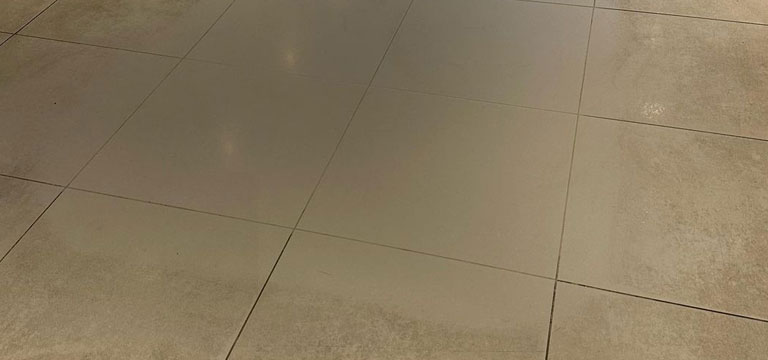We’ve previously written about the benefits of limestone as a material, from its elegant appearance to its durability. And it makes a gorgeous flooring product, indoors or outside. But what are the key things to bear in mind when choosing a floor from this stunning natural stone and how, crucially, can you stay on budget at the same time?
Colour
Limestone can vary in colour considerably. Generally speaking, the paler this material is, the less hardwearing it tends to be. So, especially for high-footfall areas, it makes sense to opt for a darker shade. But colour variation can hide marks. And you’ll want to take the overall look of your floor into account too. Meanwhile sealing helps preserve your stone, again minimising the problem of durability for lighter stones.
Style and size
Do you want a highly structured pattern or something more random? And what about the size of the tiles? If you have an uneven subfloor, smaller-format slabs can help to compensate for this. Otherwise, larger tiles create a more contemporary look, with fewer grout lines. And if you continue the idea through a doorway, you heighten the sense of space, while your floor will also have a more fluid appearance.
Different types of finish
You have a number of different options here, including:
Squared edge
Tiles with a squared edge give a modern, sleek appearance.
Broken edge
These tiles will give your limestone floor a less regular edge.
Tumbled edge
These should be your tiles of choice if you’re after a worn, traditional look.
Chamfered edge
This is a grooved edge look which stops some of the stones from chipping. Plus you’ll have a clean, modern finish.
Pillowed edge
These tiles have a softened, rounded edge and you’ll often see them on flagstone floors.
What surface do you want for your flooring?
You have the choice of honed tiles for a smooth finish, tumbled ones for an older appearance, brushed tiles for texture – the latter are non-slip so are ideal for ‘wet’ rooms or outside. If you’re after more of a sheen, think about polished limestone.
With acid-treated stone, the acid etches into the surface, heightening the colour for an ‘aged’ appearance. Finally, sand-blasting provides a chalky feel to soften honed tiles’ colour.
Keeping within your budget
Finances are a concern for most of us. So here are some things to bear in mind.
Distinctive, hand-worked finishes will always be more expensive. Equally, European stones can often cost more than those sourced from further away. (But sourcing more locally is of course better on the sustainability front.) Large-format stones can also be pricier, too.
So, as with anything else, do your research your options and take your time, perhaps having some sample tiles on your floor for a few days. After all, you’ll want your floor to last potentially, decades, so the process shouldn’t be rushed.
Get in touch with us
At Royal Stone Care, we’re natural stone maintenance specialists, whether you need limestone cleaning and chip repair in London. We work with both businesses and private homes. Get in touch today to learn more.

